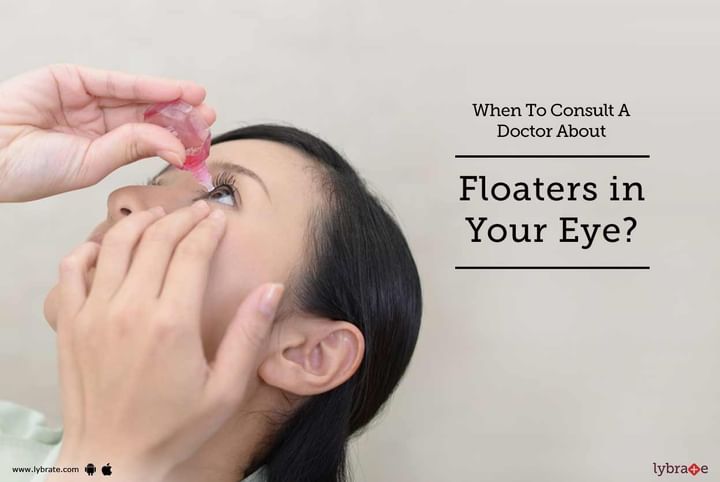When To Consult A Doctor About Floaters in Your Eye?
Ever noticed spots or strands that ‘float’ into your line of vision. These are known as floaters. In most cases, they do not affect your vision, but can cause a lot of discomfort. Thus, in most cases they do not require treatment unless they affect your vision significantly. Floaters are more likely to stand out when looking at bright objects or something like a clear blue sky. Moving your eyes can shift the fluid in your eyes and move these floaters out of your line of sight.
Dust particles entering and irritating the eye should not be confused with floaters. Floaters can be described as flecks of a protein called collagen. These flecks can be seen when they are loosened from the back of the eye known as the vitreous. This can happen at any age but is more likely to affect people between the ages of 50 and 75. Being near sighted or suffering from cataract also increases your risk of seeing floaters. In rare cases, it can also be triggered by a disease in the eye, an injury to the eye, tumors or crystal deposits in the back of the eye.
Noticing the odd floater is not something to worry about. However, if you notice a sudden increase in the number and frequency of floaters in your eye, see flashes of light, have pain in the eyes or experience a loss of side vision, consult a doctor immediately. This could also be a sign of a more serious condition like a detached retina that requires immediate medical attention. Excessive floaters can be removed through a surgery known as a vitrectomy or laser vitreolysis. A vitrectomy involves the removal of vitreous gel from the middle of the eye and replacing it with silicone oil or a gas bubble. The surgery last 2 or 3 hours, but you may require an overnight stay in the hospital.
Laser vitreolysis is a more recent form of treatment for this condition. This pain free procedure involves the projection of a laser beam into the eye that focuses on large floaters to break them apart or vaporize them. This procedure can be performed as an outpatient and is considered safer than a vitrectomy. The form of treatment suited to a person will depend on a number of factors including their age, what the floaters look like, where they are located and the frequency of their appearance. If you wish to discuss about any specific problem, you can consult an Ophthalmologist.



+1.svg)
